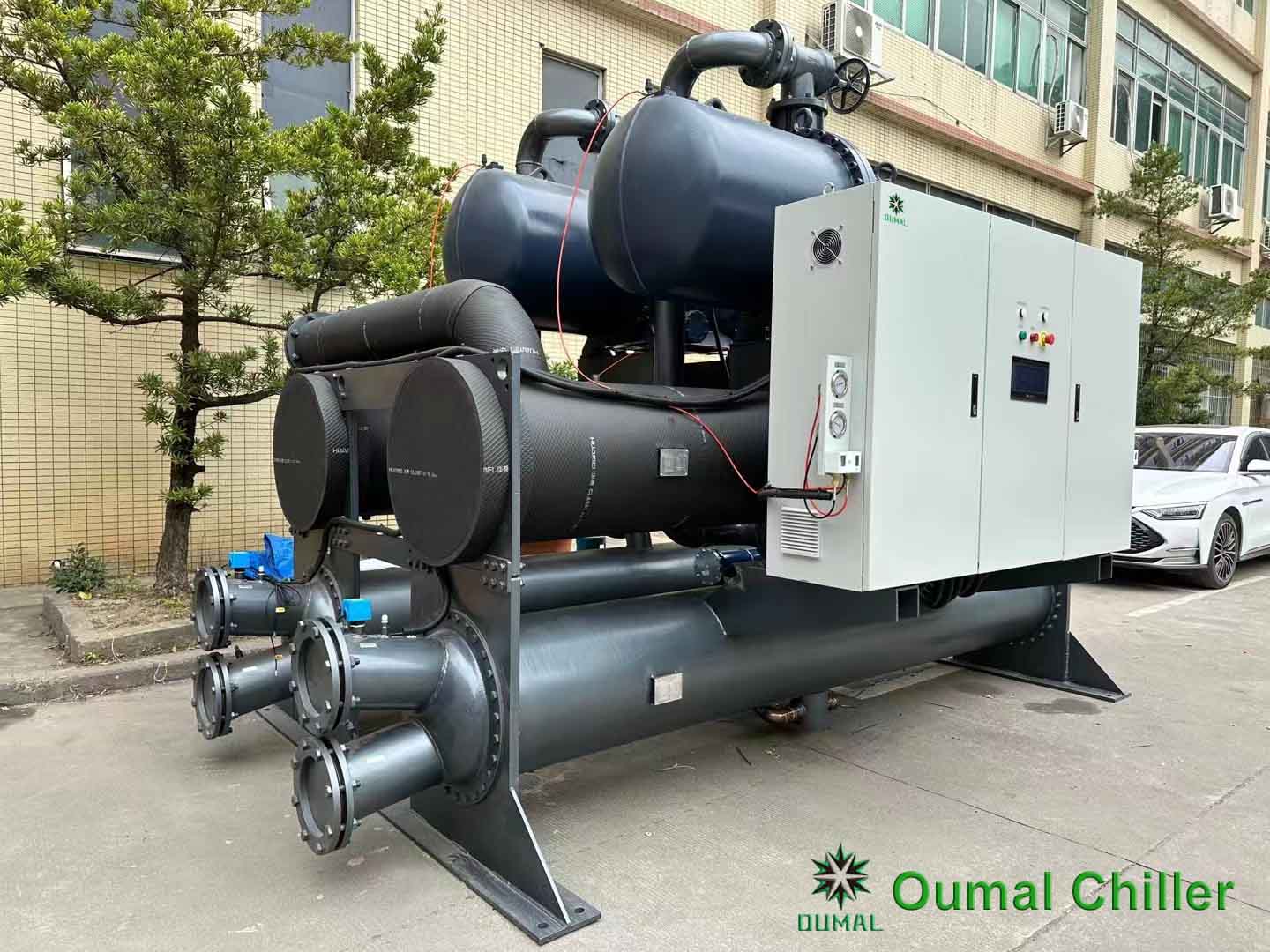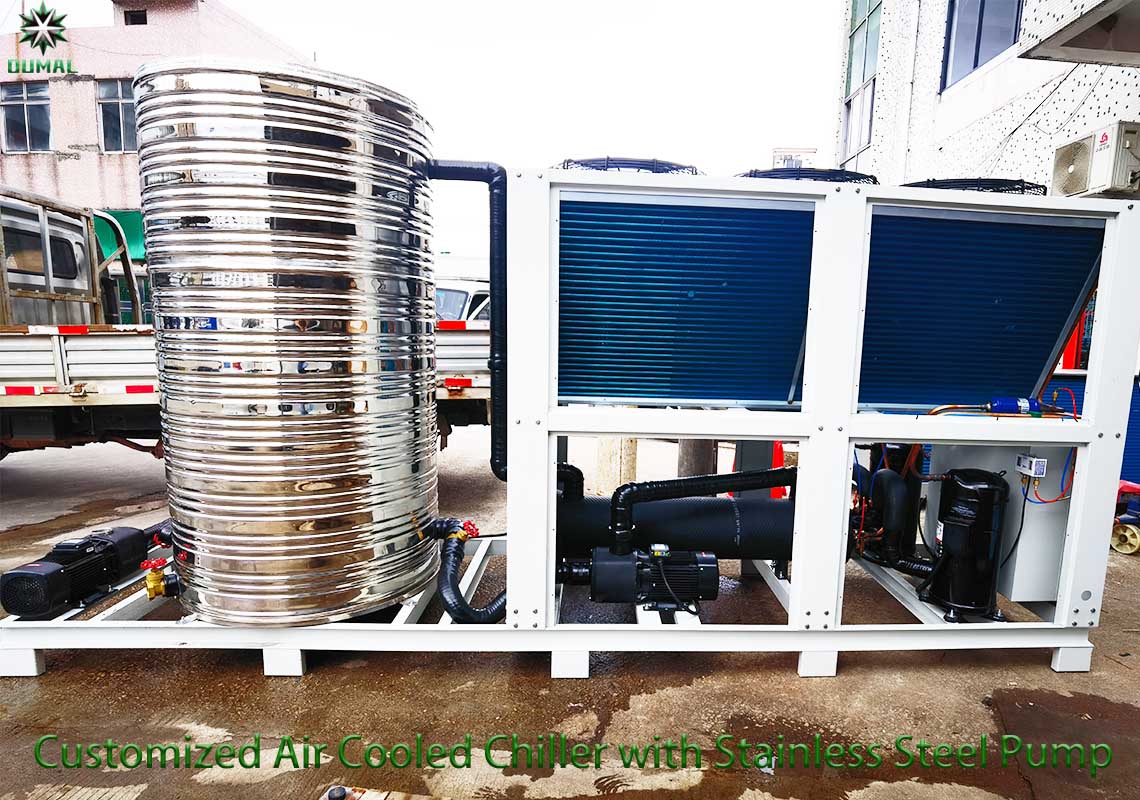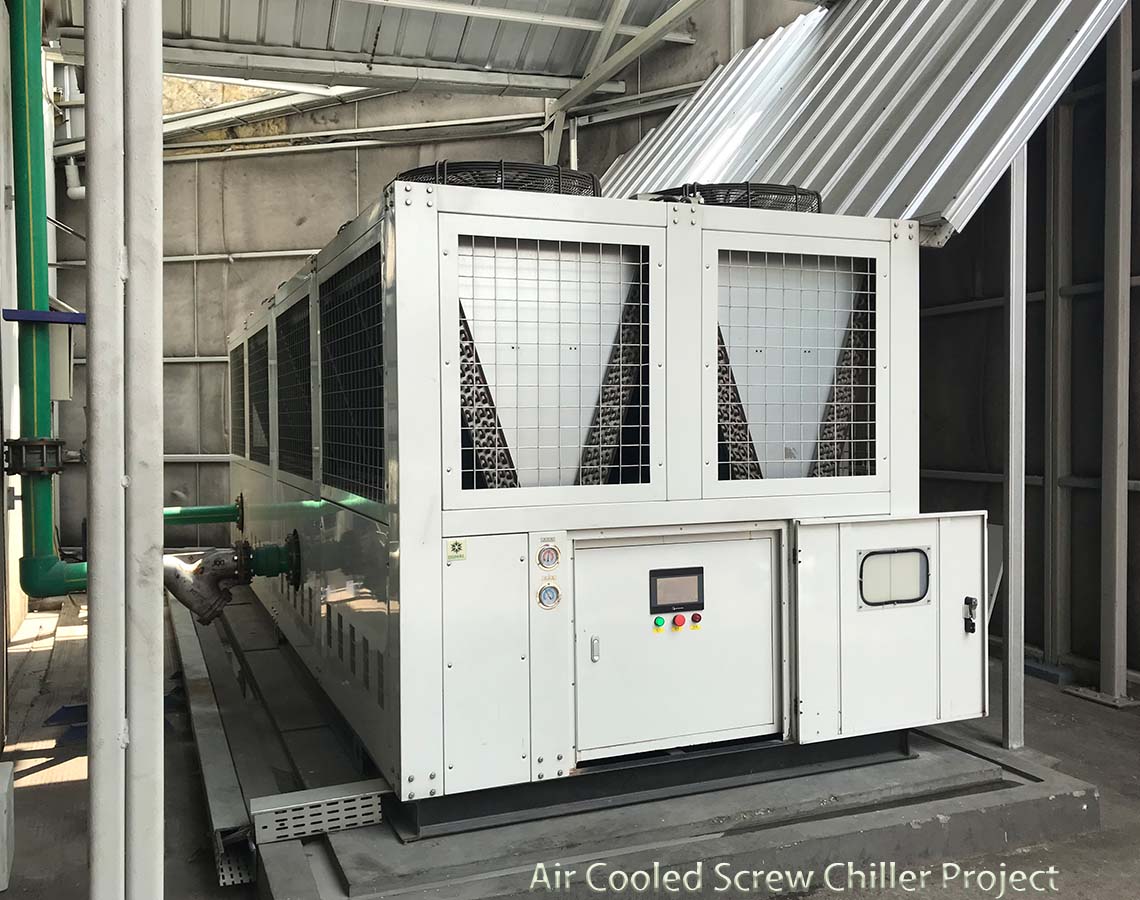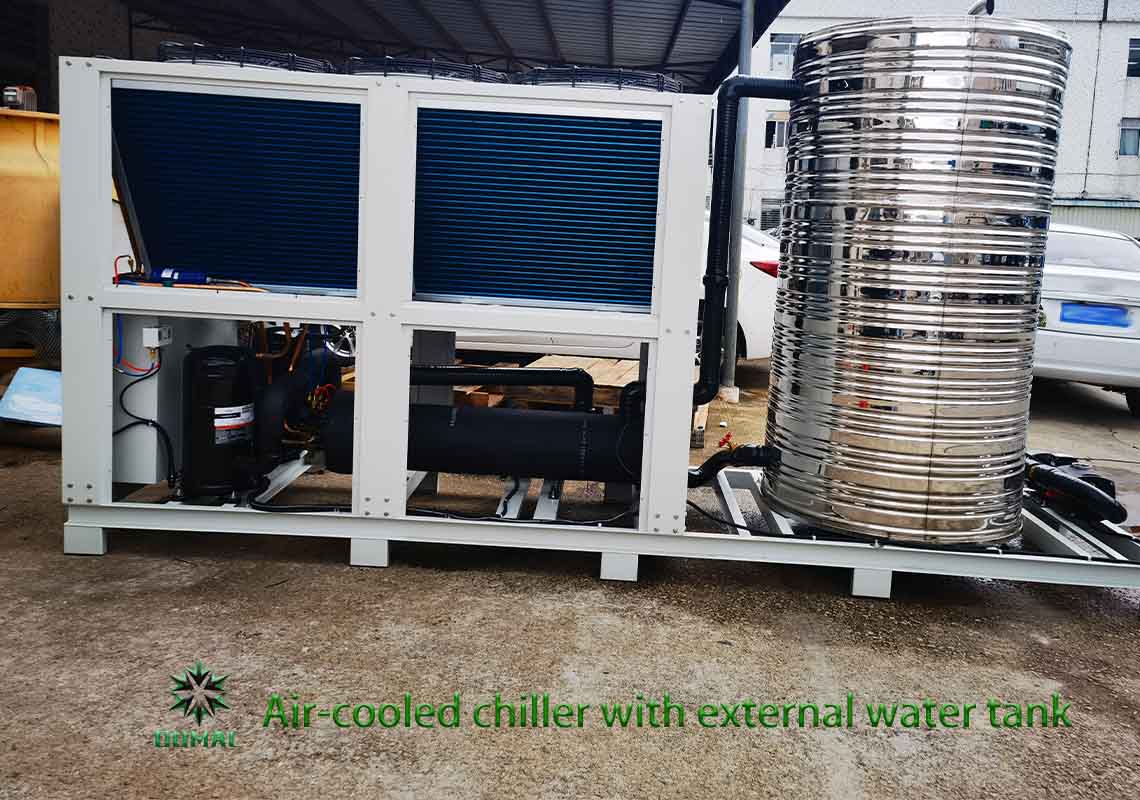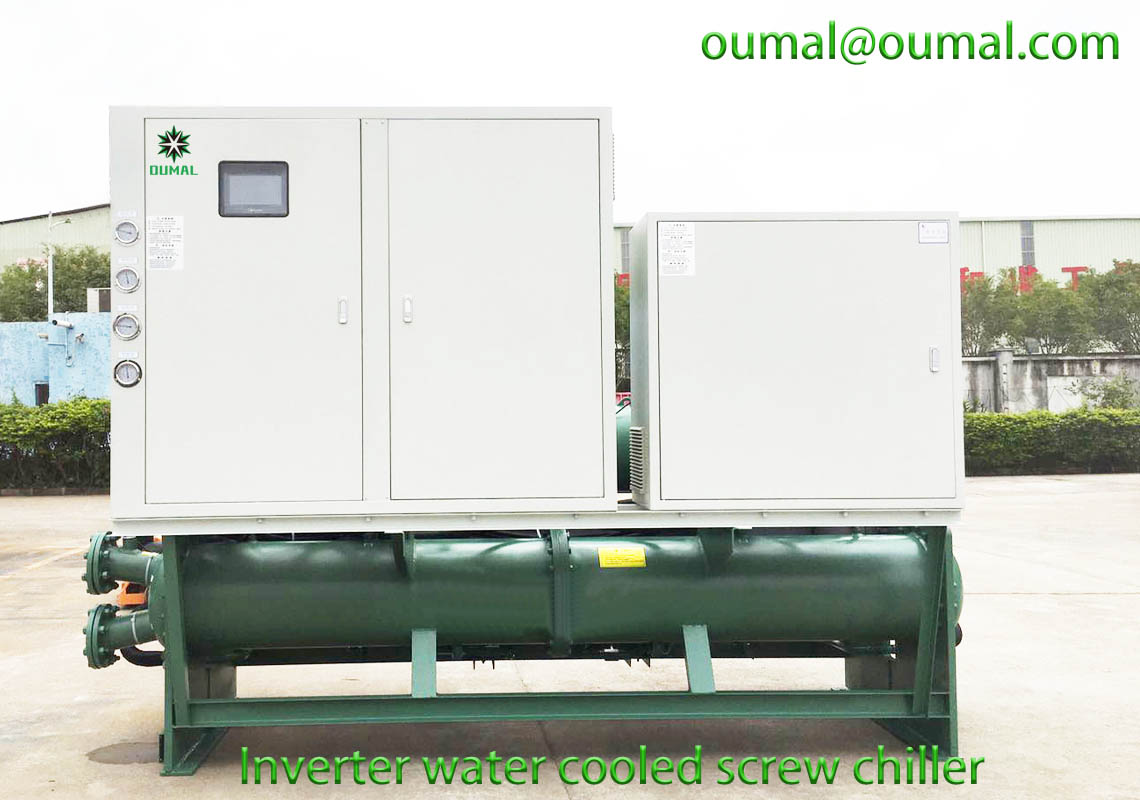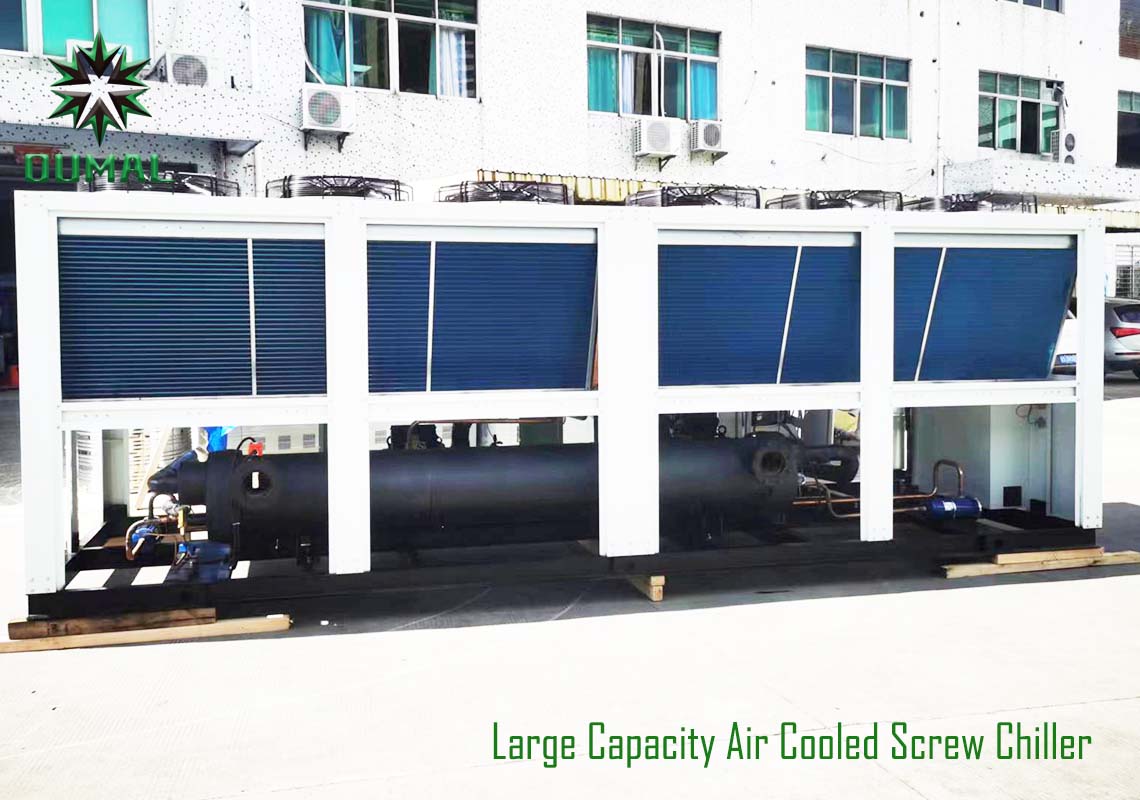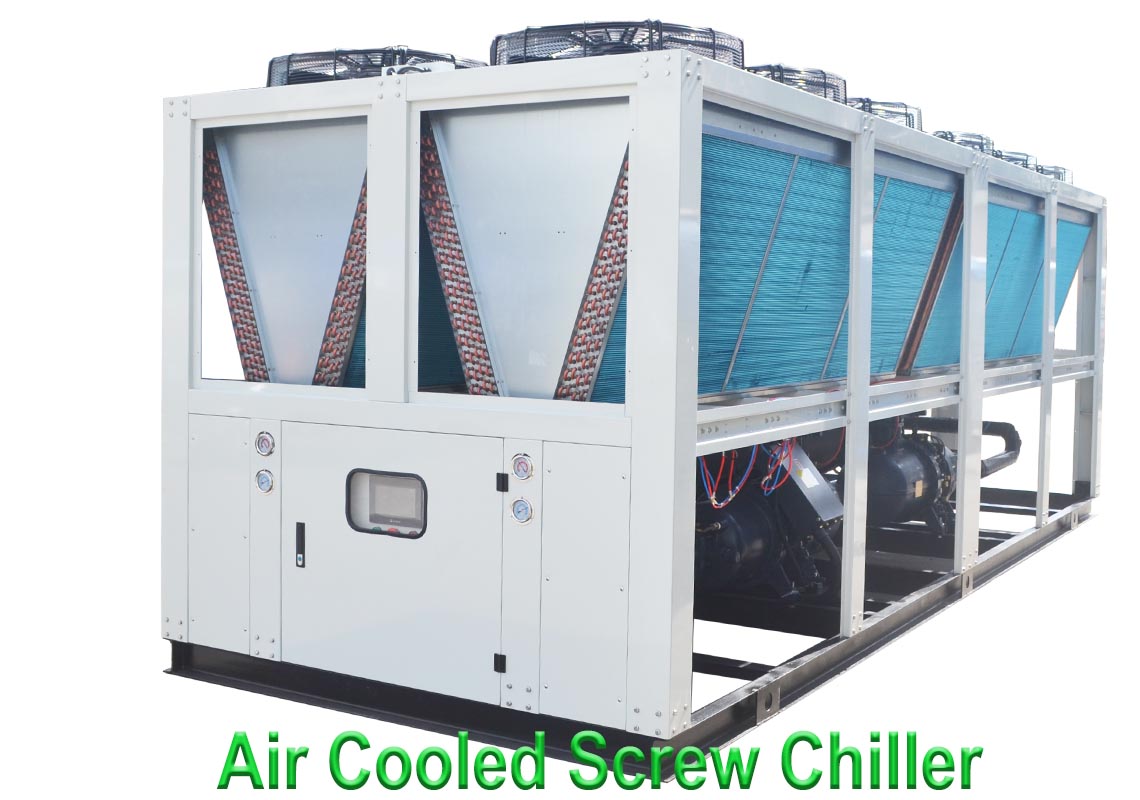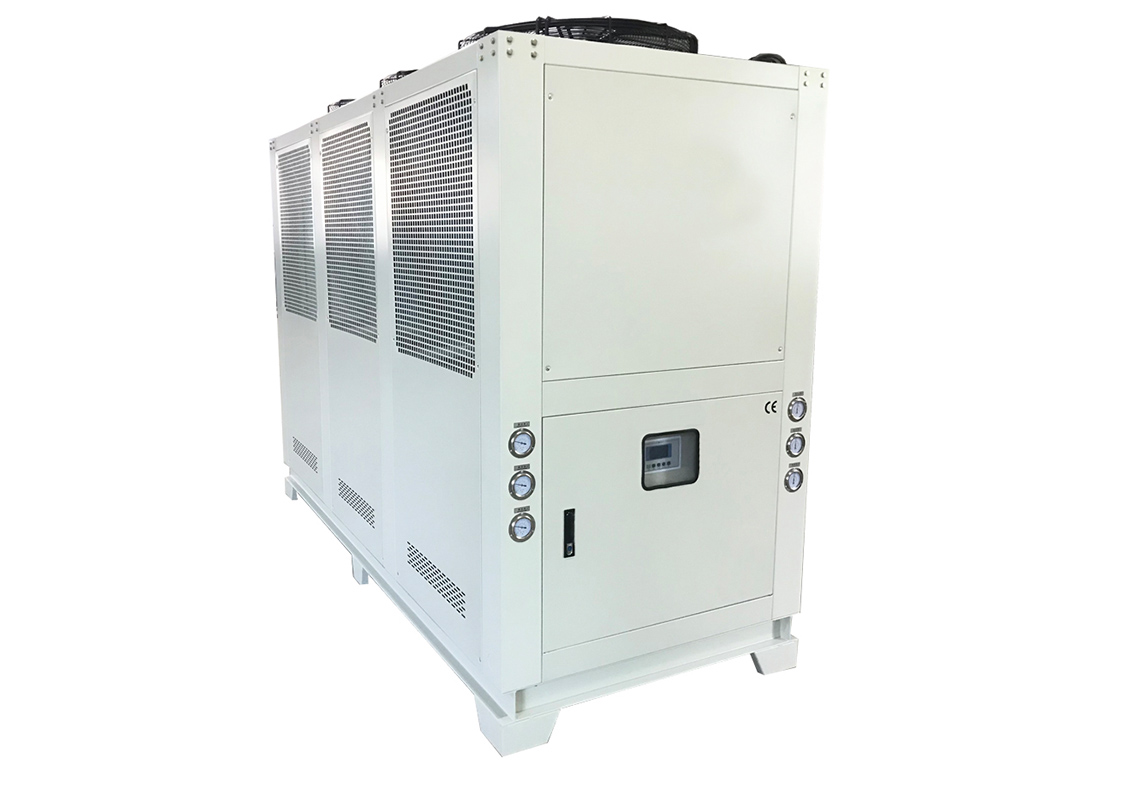Nutrient solution hydroponic chiller- Hydroponic nutrient solution temperature control device- Hydroponic nutrient solution cooling cycle machine
The soilless culture nutrient solution is prepared from chemical fertilizers, and the temperature of the soilless culture nutrient solution is to simulate the ground temperature of soil cultivation. The ground temperature is generally 18-20°C. In soilless cultivation, the substrate temperature and nutrient solution temperature should be 18-20°C. If it is too high or too low, it will affect the normal absorption of the root system.

Hydroponic farms choose a chiller based on several key factors. Here are some considerations:
Cooling Capacity: The chiller should have sufficient cooling capacity to meet the specific needs of the hydroponic system. This is determined by factors such as the size of the system, the type of plants being grown, and the environmental conditions.
Control Precision: It is important to maintain a stable and precise temperature for optimal plant growth. Therefore, the chiller should have accurate temperature control capabilities to ensure consistent and reliable performance.
Energy Efficiency: Hydroponic farms often operate on a large scale, so energy efficiency is crucial. Look for chillers that are designed to be energy efficient and have high performance Coefficient of Performance (COP) ratings, which indicate their energy efficiency.
Noise Level: Depending on the location of the hydroponic farm, minimizing noise disturbances may be important. Choose a chiller that operates quietly to avoid any disruptions.
Installation and Maintenance Convenience: Consider the ease of installation, maintenance, and servicing of the chiller. Opt for a chiller that is user-friendly, has readily available spare parts, and is supported by a reliable manufacturer or supplier.
It is recommended to consult with suppliers or manufacturers specializing in hydroponic farming equipment to get more specific recommendations based on your farm's requirements.
